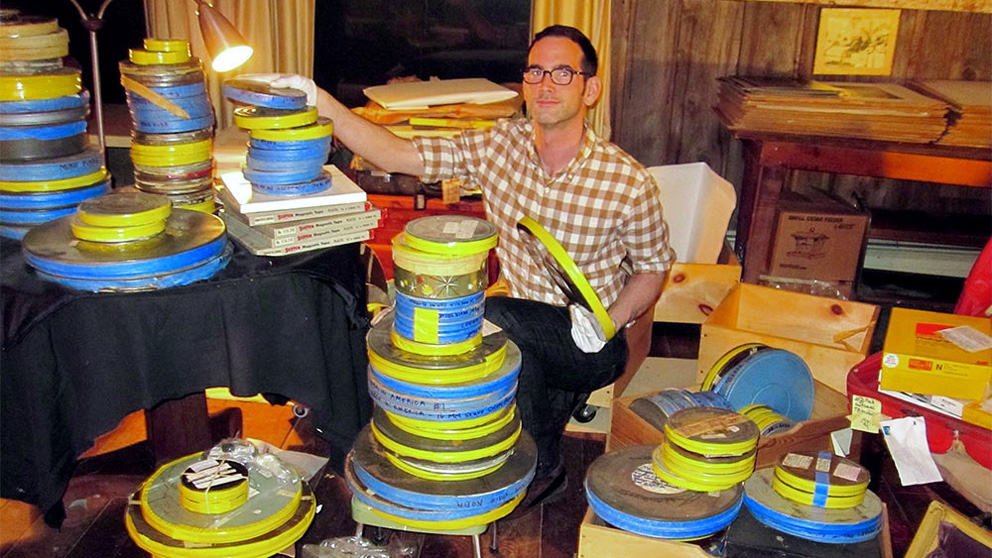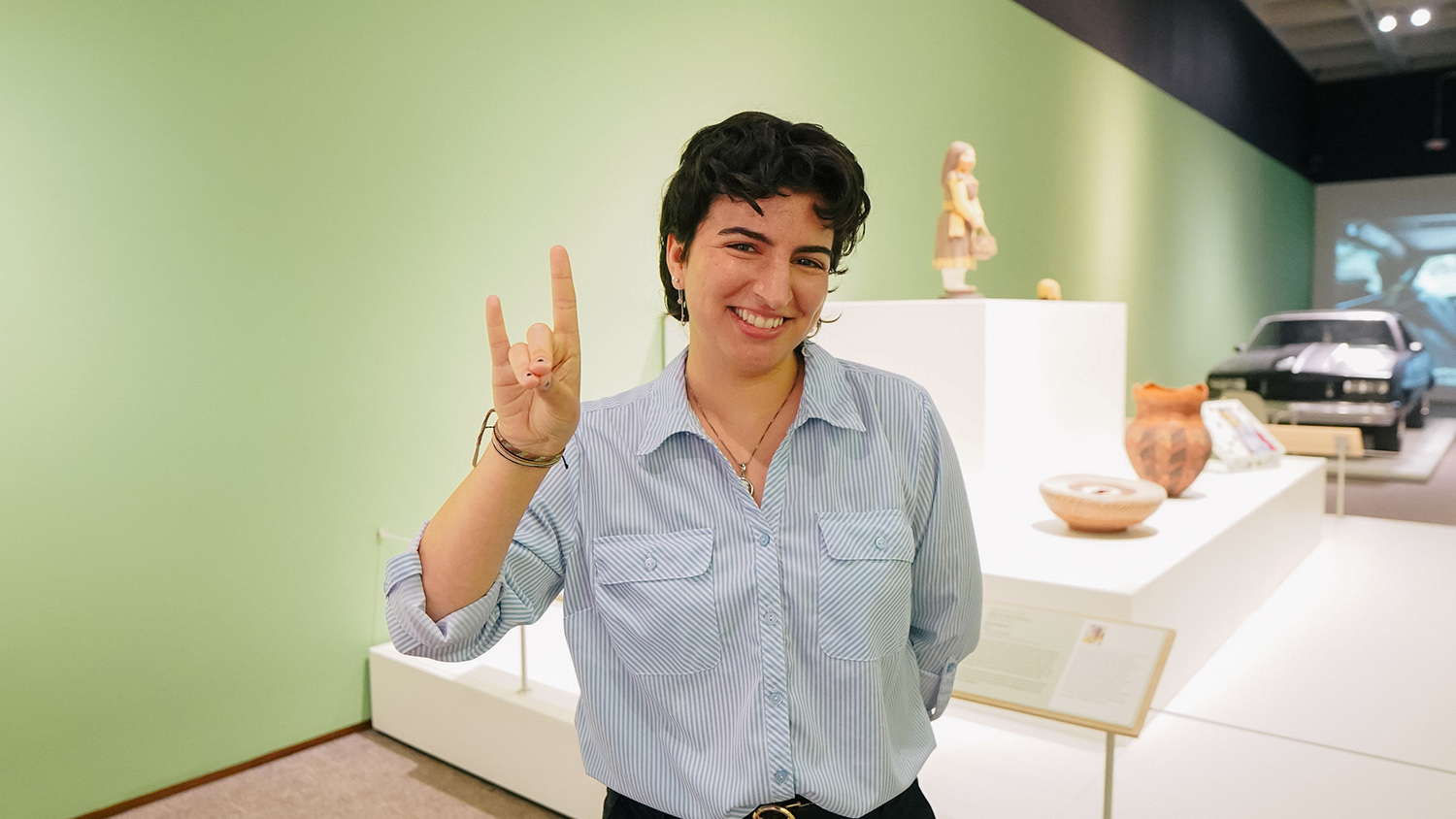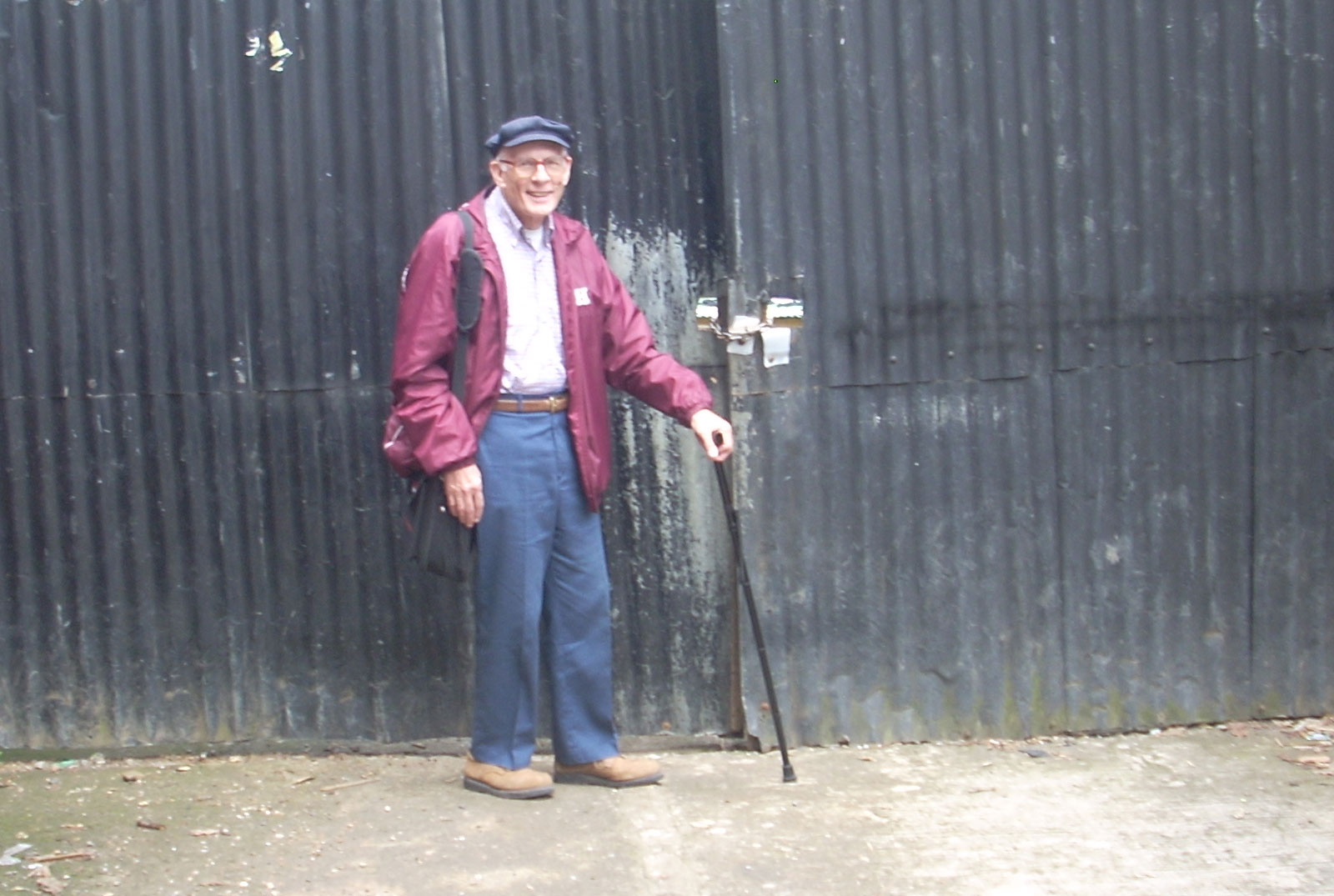Keeping an Eye on Celebrity Artifacts

Country star Patsy Cline’s accounting ledgers. Dance legend Bob Fosse’s choreography. Apple founder Steve Jobs’ polo shirt.
They might not seem to have much in common — but they all have Brian Christopher Cummings’ fingerprints on them.
As a specialist in popular culture and recorded media for the Winston Art Group in New York, the nation’s largest independent art advisory firm, it’s Cummings’ job to recommend the best course of action for all kinds of pop culture and celebrity pieces.
“I offer opinions — whether to insure, donate, publish or destroy,” says Cummings, who lives on West 44th Street in Manhattan, next to the famed Actors Studio. “I come into situations from outside with an unbiased opinion. I don’t have any financial tie to the property.”
Cummings, 38, graduated from NC State in 2000 with a bachelor’s degree in communication and a minor in arts studies. As a student, Cummings also served as student body vice president for two years.
After graduation, he took a job at Sotheby’s as an expert department floater, helping wherever he was needed. That included the sale of fashion designer Gianni Versace’s home in Miami, a task that set the course for Cummings’ career.
“That opened my eyes to this new industry of celebrity auctions and celebrity estates and properties of popular culture,” he says. “After that sale, I became more attuned to not just the fine arts, but the proprietors of popular culture. Things that have intrinsic value that relate back to American history.”
Today, Cummings’ clients are accomplished professionals and celebrated personalities, often in the performing arts. He regularly travels between New York and Los Angeles, helping his clients build their own collections. For one, he recently purchased a Ralph Lauren polo shirt owned by Jobs. It’s an important piece, Cummings says, because it represents the cross section of American technology, ingenuity and fashion design.
In some cases, he represents estates or businesses attached to an estate.
Two long-time clients are names that just about anyone would recognize. Cummings works with John Wayne Enterprises, the business that protects the likeness, image and name of the famous actor. Cummings advises the business on how to handle artifacts.
He also documents the dance copyright history of actress-dancer Gwen Verdon and director-choreographer Bob Fosse and advises on other items related to the famous couple’s legacy. For instance, he recently worked to get some of Fosse’s Emmy and Tony awards restored.
Researching choreography can be challenging since Cummings must have tangible media for copyright purposes. Often, he says, the language of choreography was passed down between dance captains and dancers.
Decades later, he says, “it’s difficult to find the original dance captain’s notes because more often than not, they did not survive.”
But it’s a labor of love. Dance is a passion for Cummings, who was a member of NC State’s dance company when he was a student. Cummings is a board member of the Dance Films Association, which organizes the annual Dance on Camera Film Festival in Lincoln Center. He is the archival historian for the acclaimed documentary Miss Hill: Making Dance Matter, which follows the story of Martha Hill, The Julliard School’s founding director of dance.
Adapting to technology is another challenge as Cummings becomes more fluent on social media platforms like Twitter and Instagram. Even though his clients often are in the spotlight, Cummings, who has appeared on the Antiques Roadshow, usually shies away from it.
But, he says, the items he is working to preserve and promote deserve appreciation.
“If I don’t draw attention to it, nobody will and it will be forgotten,” he says. “If I don’t bring an audience to it … then what purpose am I serving?”
- Categories:

